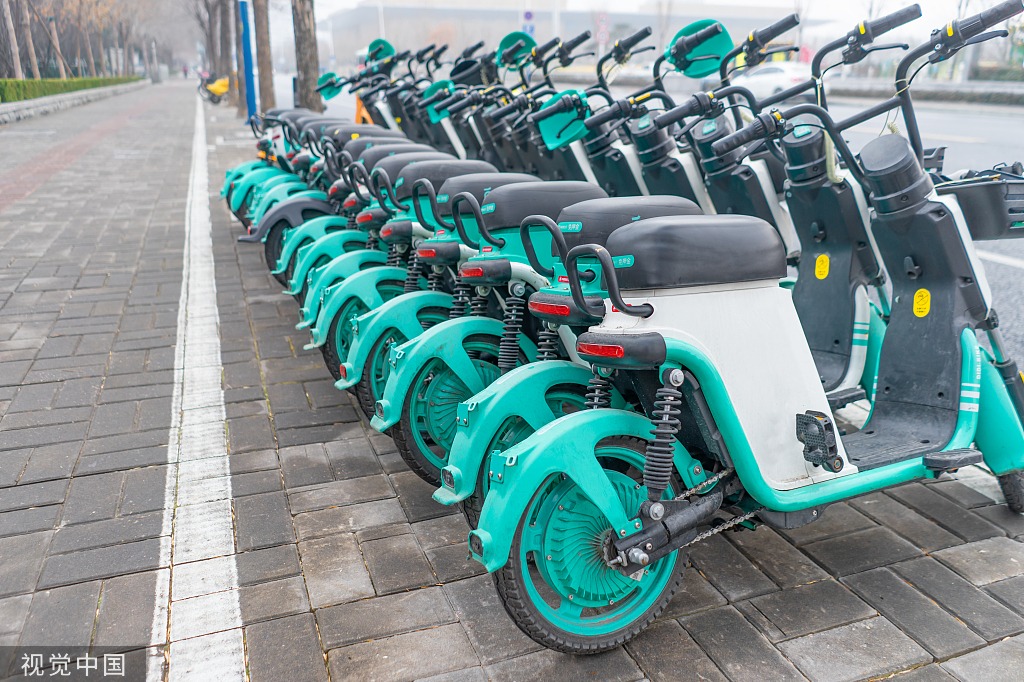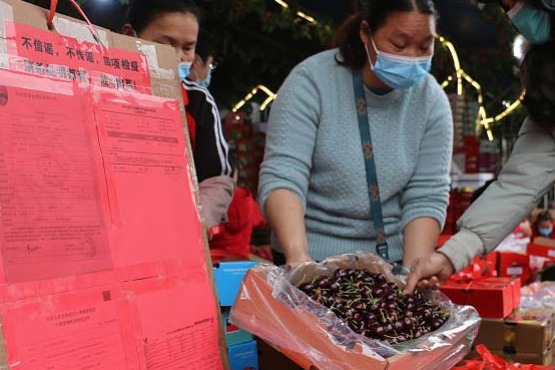Powering growth through policies, reforms


China's economy has remained stable overall this year, with major macroeconomic indicators meeting expectations and its fundamentals holding steady. But the challenges it faces, particularly low growth of demand, have become increasingly apparent. Supply currently outpaces demand, with external demand stronger than domestic demand, highlighting an imbalance in economic dynamics.
Industrial production and exports have significantly contributed to economic growth this year. From January to October, industrial output grew by 5.8 percent year-on-year, exceeding GDP growth for the same period. The export growth of 6.7 percent (in yuan terms) during this time was fueled by global trade recovery, inventory replenishment, and enterprises accelerating shipments ahead of expected tariff hikes. However, with slowing global trade and increasing restrictions, the pace of export growth is likely to decelerate, amplifying the pressure on domestic demand.
To address these challenges, boosting effective domestic demand and rebalancing supply and demand are essential. These steps will not only resolve imbalances but also improve market expectations, bolster social confidence and support sustained economic recovery.
Insufficient demand stems from systemic, cyclical and structural factors. For example, China's economic growth relied heavily on investment and exports for the past few decades. And in times of external shocks or economic downturns, debt-driven investment projects were used to stimulate growth.
While effective in addressing infrastructure gaps, this approach has seen diminishing returns as local government debt rises and investment efficiency declines. Investment increases supply capacity, but as global capacity normalizes, the mismatch with relatively low domestic demand becomes more evident.
Also, the deep adjustments in the property market have led to a significant reduction in demand. At its 2021 peak, the real estate market saw 1.8 billion square meters of property being sold for 18.2 trillion yuan ($2.51 trillion). But in 2023, property sales plummeted to 1.12 billion square meters for 11.6 trillion yuan. And in the first 10 months of this year, property sales declined by 20.9 percent — at this pace of decline, annual sales are projected to shrink further to just 9.2 trillion yuan. This decline has created a wide gap in demand that emerging industries such as electric vehicles and renewable energy, though growing rapidly, cannot immediately fill.
The COVID-19 pandemic and declining real estate prices have eroded household wealth, reducing consumption. Rising corporate leverage has weakened investment capacity, while lower fiscal and land sale revenues have constrained local governments' activities, including investment and purchase activity. Addressing these balance sheet challenges depends on broader economic recovery and asset price stabilization, both of which require time.
To ensure sustained recovery, China must combine immediate policy measures with deeper structural reforms.
To begin, it needs to strengthen countercyclical measures. In fact, the government has implemented policies to help boost economic recovery, including cutting reserve requirement ratios and interest rates. Additionally, the recent approval of a 6-trillion-yuan local government debt-swap program is aimed at reducing interest burdens and freeing up funds for development. But enhanced coordination across departments is essential to ensure policies are both targeted and effective.
Expanding domestic demand should focus on boosting consumption. Currently, commodity consumption is relatively saturated, so efforts should be made to actively expand service consumption. Initiatives such as birth subsidies and extending public services to migrant populations can stimulate household spending. Expanding access to high-end healthcare, tourism and eldercare services can also cater to diverse consumer needs.
To promote the stabilization and recovery of the real estate market, on the supply side, stricter control over new construction, optimizing existing stock and improving housing quality are important. Also important is boosting loan support for "white-listed" projects with clear guidelines and accountability measures to ease bank financing concerns. On the demand side, policies should be introduced to support the purchase of unsold inventory for affordable housing by enabling the use of special-purpose bonds, enhancing re-lending mechanisms and establishing clear price evaluation mechanisms to ensure effective implementation.
Besides, reforms need to be implemented to support private sector development by ensuring fair access to markets, enforcing intellectual property rights and resolving issues such as delayed payments to businesses. And to enhance economic efficiency and regional financial autonomy, a unified national market should be built and the fiscal relationship between central and local governments be adjusted, including by shifting the collection of consumption taxes to local governments and allowing them to set flexible tax rates within defined limits.
The difficulties facing China's economy today reflect the pains of transition. However, these challenges also present opportunities to transform growth models and adjust economic structures. By focusing on rebalancing supply and demand, stabilizing key sectors and pursuing comprehensive reforms, China can lay the foundation for a new cycle of sustainable growth.
Economic resilience and adaptability will be critical as China navigates this period of adjustment, turning challenges into a springboard for long-term prosperity.
The author is vice chairman of the China Center for International Economic Exchanges.
The views don't necessarily represent those of China Daily.
If you have a specific expertise, or would like to share your thought about our stories, then send us your writings at [email protected], and [email protected].

































